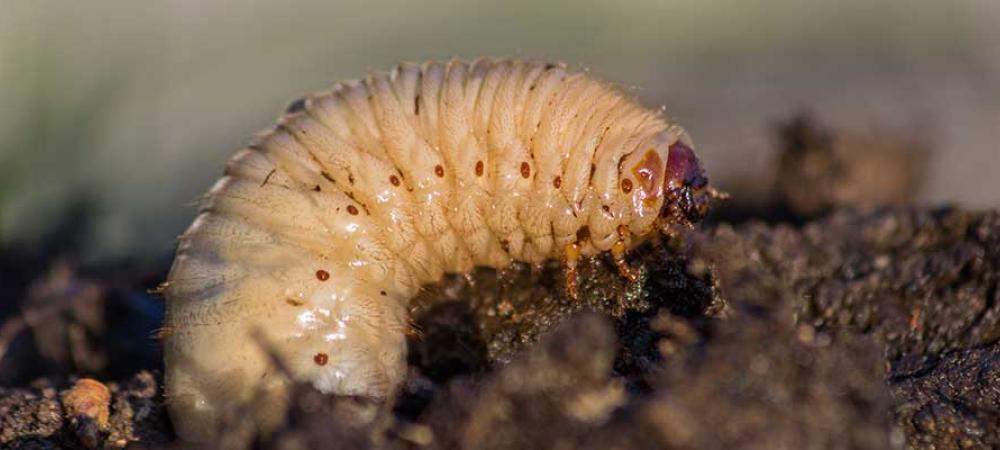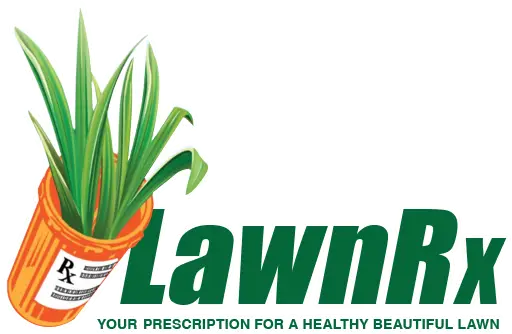5 Telltale Signs Your Lawn Has A Grub Problem

Most people recognize that lawn grubs, while common, can cause significant property damage. Also known as white grubs, these immature beetles multiply rapidly and have a voracious appetite. In just a short span of time, these C-shaped larvae burrow under the surface layer of a lawn, devouring plant roots and other organic soil matter, eventually causing large sections of grass to weaken and die. The grubs that make it into maturity grow into adult beetles, which return to the soil (aka your lawn) to lay their eggs, perpetuating both the cycle of life and destruction of your property.
Fall Is Peak Grub Feeding Season
Most homeowners assume that summer is the best time to utilize grub control services to eliminate these bugs from their lawns and gardens. While grubs are incredibly active in the warmer months, fall is actually peak feeding season for these tiny crawlers. As winter approaches, grubs eat more in preparation for digging further underground to protect themselves from the impending freezing temperatures, making it crucial to identify and eliminate the presence of larvae before they destroy your property.
How To Tell If You Have Grubs
Knowing a few telltale signs can help you quickly identify the presence of white grubs on your lawn. Some key indicators include:
You See Grubs
This may seem obvious, but actually seeing the larvae in your yard may require a little investigation on your part. Using a shovel, dig up a few small spots on your lawn. If you see more than five grubs per square foot, you may have an infestation.
Dead Patches
Have you begun to notice patches of oddly shaped dead spots on your lawn? This is common in later summer or early fall as the bug’s appetite goes into hyperdrive, quickly killing the grass in unusual patterns throughout the property.
Spongy Spots
Maybe your lawn looks healthy, but you’ve begun to notice that it’s spongy and gives underfoot as you walk on it; this could also be indicative of a grub infestation. As they devour the root systems, the soil suddenly begins to feel springy and less dense.
Hovering Moths
Tiny moths (aka mature grubs) flying over the surface of your lawn, beds, and gardens can be an early sign of an imminent grub attack. The moths look for a healthy, thriving lawn to ensure their babies will have sufficient food sources once they hatch. Over the next several days and weeks, you may notice additional activity on your grass as the hatchlings begin to feed themselves.
More Critters Coming To Visit
Just as grubs love feasting on your lawn, many bigger creatures love feasting on your lawn grubs. You may find birds, raccoons, armadillos, skunks, or moles suddenly meandering their way over to your property to scrounge up a tasty meal for themselves.
Worried you may have a grub problem? Contact Lawn Rx today to discuss your concerns with one of our skilled lawn care professionals.
